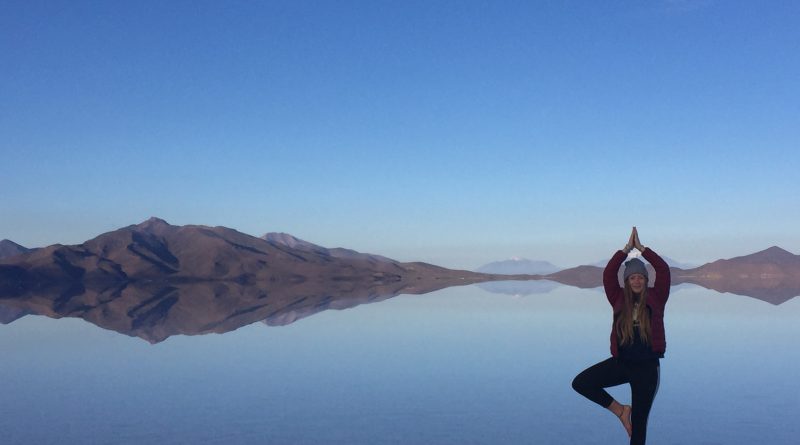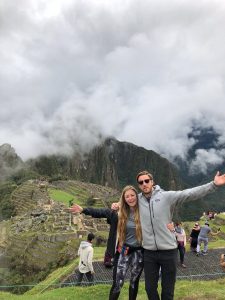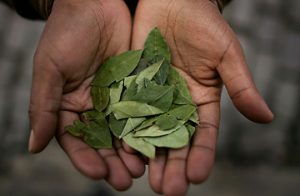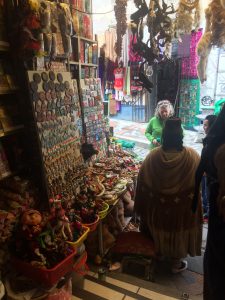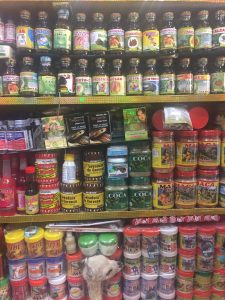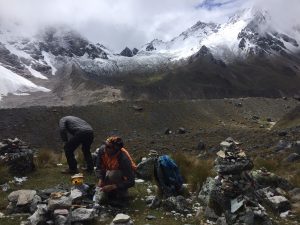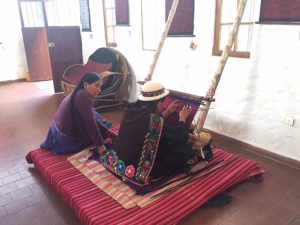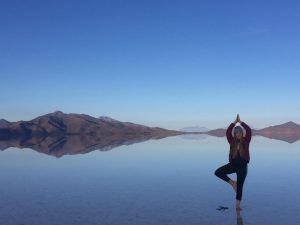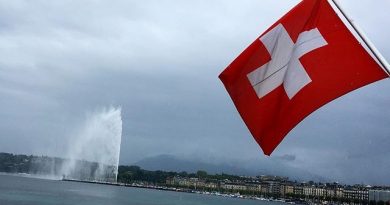Understanding the Spanish-speaking World (LingoMap)
¡Hola! ¿Qué tal? Espero que todo muy bien.
Since my last blog post, I’ve been fortunate enough to have had a month and a half off work. In this time, I’ve done some travelling in Chile and made my way through Bolivia and Peru. I’m writing this on my way from Lima to Huanchaco, a surf town in the north of Peru.
This post will mainly look at what I’ve observed of the culture and heritage of these countries over the last few weeks.
Latin America is an amazing place. It has SO MUCH to offer. It’s colourful and vibrant. It doesn’t matter where you are or what you’re doing, you will ALWAYS have some sort of salsa or reggeton music playing as the theme song to your entire life. The nature, wildlife, landscapes and scenery it has to offer are like nothing else. Latin America is a bit different from Spain, though – it’s still finding itself and trying to figure out who it wants to be a little bit. Obviously, there are some countries that are further ahead and others further behind in the process but they all have similar influences.
Without this sounding too much like a history lesson… Peru and the west of Bolivia were part of the Inca Empire from the year 1438 until 1533. The Incas were strong, intelligent and extremely forward-thinking people. They’d learned how to construct buildings to withstand the massive earthquakes that frequently rock the continent. They had figured out how to transport enormous pieces of stone before any machinery or cranes. They understood the earth, mountains, rivers, skies and its natural cycles and made the most of all it had to offer.
There were two main religions of the time – the Quechuas and the Huacas. Both religions had several things in common, for example the belief in the “duality” theories (the sun & moon, mountains & rivers, etc.).
As they spent so much time outdoors and with nature, they had natural remedies and medicines. On my trek to Machu Picchu, we all chewed coca leaves and drank coca tea to help with any altitude sickness and as a natural energiser.
Also, my knees reaaaally hurt after day 2 of the trek, so the guide (from a Quechua community) rubbed in this natural remedy of eucalyptus, several other plant oils and snake venom in a bid to make them okay for the next 2 days of walking … it worked!
A further thing they had in common was the Catholic influence following the Spanish invasion. The main religion in the countries now seems to be a fusion between Catholicism and Inca beliefs. For example, all the churches still have references to the Pachamama (mother earth) and coca leaves. On several walking tours of cities, they explained a lot about the importance of ceremonies and offerings to Pachamama, especially when building a house, so that it’s protected. I was also lucky enough to be there around Carnaval so we got to see several ceremonies where people fill a basket with sweets in the shape of their desires (e.g. Money, houses, hearts) and burn it all. Yep, it looked as crazy as it sounds!
– photos from the witches market where people buy these ingredients.
Above all, though, the thing I found most fascinating was how prominent the Inca traditions still are in the countries.
Even down to small bits of the language – the Quechua language is a phonetic one, for example, they call a baby “guagua” [wawa] because of the sound when it cries, or a guinea pig a “cuy” as that’s the squeaking sound it makes. These little words are now used in Peruvian, Bolivian and Chilean Spanish.
Al llegar al punto más alto de la caminata sobre el paso Salkantay, los dos guías quechuas hicieron una pequeña ceremonia para ofrecer gracias a Pachamama. Todos pusimos una piedra, rociamos un poco de pisco (la bebida tradicional) para la Pachamama y todos probamos un poquito cada uno.
El arte en estos países es muy tradicional. Tuve el placer de poder ver a una cholita (mujer tradicional de Bolivia) practicando su arte tradicional de hacer un mantel con los diseños tribales. El trabajo es súper intrincado y específico, y usan muchos colores e hilos.
Hay mucha gente que interpreta esta escena (de la mujer en el suelo trabajando) como una forma de opresión y sumisión que aún existe en el país. Por lo que observé, en Bolivia y Perú todos tienen sus propios papeles y trabajos. Sí, son más tradicionales y “antiguos” de lo que estamos acostumbrados en los países occidentales, pero igual la sociedad funciona así. De hecho, no solo “funciona” así, sino que la gente está feliz. Tienen un país con mucho color, mucha cultura, arte y expresión visual, y se nota la armonía.
Sin embargo, después de hablar con muchos bolivianos, me contaron que no siempre ha sido así. Tienen un dicho en Bolivia: dicen “gracias al indio” cuando el país tiene un año exitoso en términos de finanzas y producción de alimentos. Y este dicho básicamente significa gracias a la Pachamama, al campo, a los campesinos que trabajan la tierra. Su nuevo presidente ha invertido mucha plata en el campo y en las comunidades tradicionales como manera de decir “gracias al indio” y, según varios bolivianos, han visto un cambio enorme en el país como consecuencia de esto. Se está desarrollando mucho más rápido. Por ejemplo, nos quedamos en un pueblito por una noche de mi tour al Salar de Uyuni. El pueblito solo tiene un par de familias, y 3 años atrás, ni tenía electricidad. Ahora tiene una escuela (de 6 alumnos y una profesora), un centro médico (con un doctor) y una ambulancia, un hotel, etc.
El Salar de Uyuni
A pesar de la invasión española y el genocidio de una civilización, las tradiciones y costumbres se han mantenido fuertes. El patrimonio es muy importante para la gente de Perú y Bolivia, y fue hermoso poder verlo con mis propios ojos y experimentarlo en carne propia.
¡Hasta la próxima!

